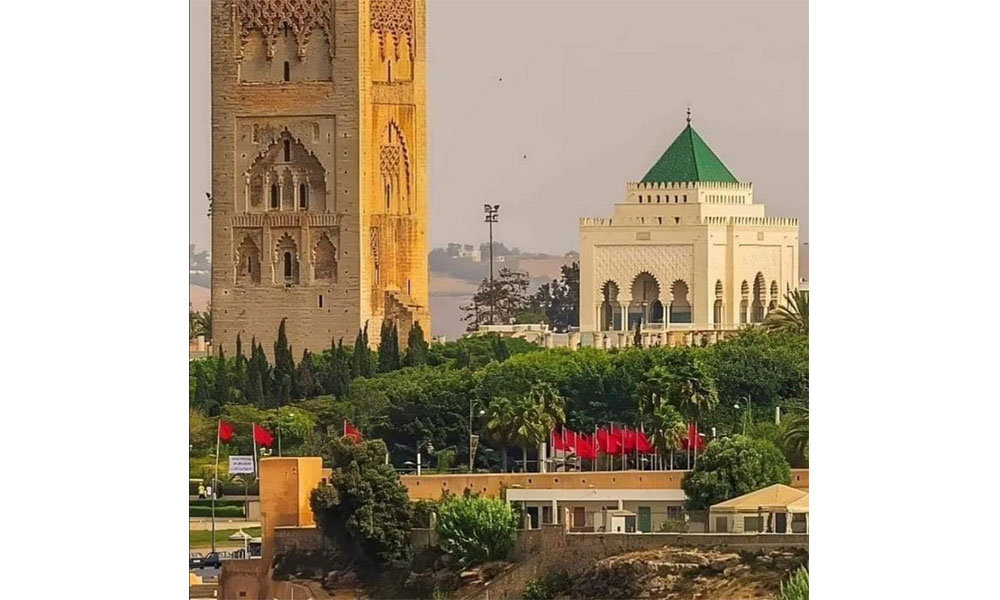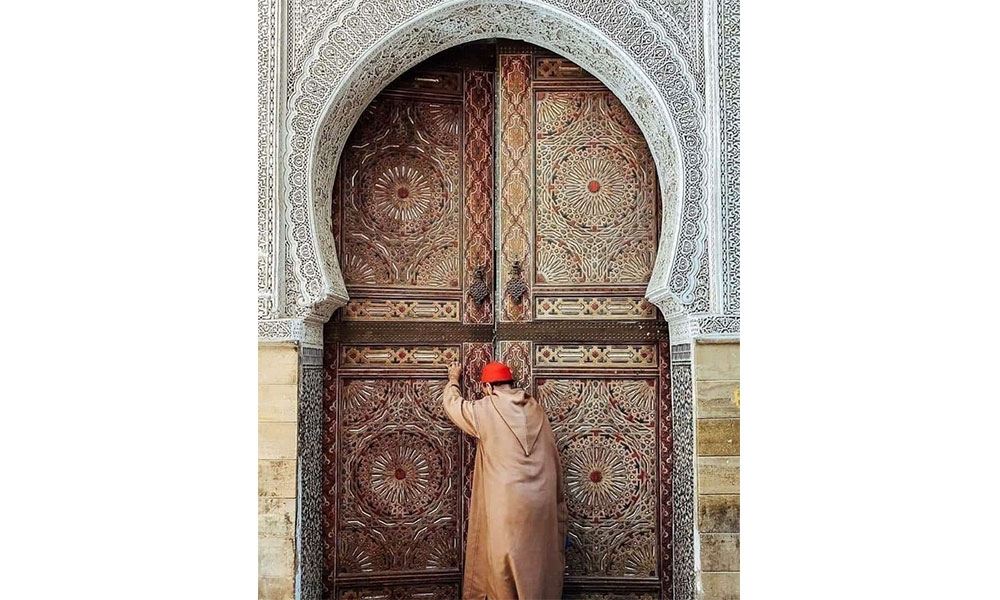The walled city of Rabat was one of the four capitals of the Moroccan empire and a popular seaside destination for its long stretches of soft sand along the Atlantic coast.
Rabat literally means 'fortified place', which is easily explained by the oldest part of the city, the red-walled Kasbah.
Rabat was a prosperous port in North Africa, famous for its pirate activity from the 16th to the 18th centuries, seizing ships in the western Mediterranean. Rabat is home to a UNESCO World Heritage Site as well as modern, upmarket neighbourhoods with skyscrapers and elegant architecture. Thanks to its privileged location on the coast, Rabat is a popular tourist destination for Moroccans and foreigners alike. For the blend of history and modernity that the city has to offer. And long sandy beaches.
What to see in Rabat
Thanks to its rich history and strategic location, there are plenty of places of interest for culture lovers travelling to Rabat. The inescapable Hassan Tower is a good place to start, rising on the horizon near the banks of the Bouregreg river.
Its red sandstone minaret is part of an unfinished mosque whose construction was abandoned in the 12th century after the death of its commissioner, Abu Yusuf Yaqub al-Mansur of the Alifad caliphate. When completed, the mosque would have been the largest in the world.
In addition to the well-preserved Hassan Tower, there are old mosque walls and ruined stone columns.For more sandstone architecture, head to the impressive Udayas Kasbah, which overlooks the estuary and the sea. This former fortified city is even more impressive inside, where it is dotted with gorgeous white-and-blue postcard buildings, stunning murals and intricately decorated gates.
The Mausoleum of Muhammad V is another must-see for a glimpse into the glory days of the Caliphate. It is almost impossible to resist the charm of the gold and marble mosaics in this tomb of the royal family.
Immerse yourself in Rabat's history in the world of Chellah, the majestic ruins of a fortified medieval necropolis. Its history dates back to the Phoenicians and Romans, with Roman walls still visible on the site. If you prefer the present, the Rabat Museum of Modern Art is housed in a beautiful building that opened in 2014 and houses a collection of works by 200 Moroccan artists.






